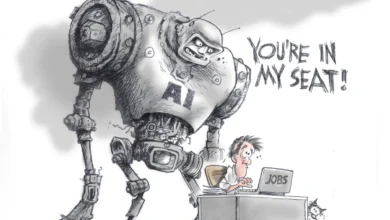Unemployment rate
-
Trends
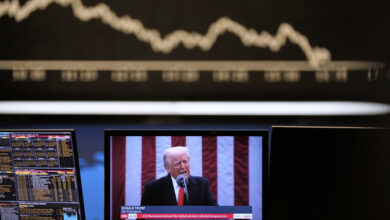
Trump’s Tariff Tsunami – Warning Bells For US Economy, Wipes Clean $5 Trillion Off Wall Street And Billionaire’s Wealth
US economy is headed for choppy waters in 2025 as Trump’s tariffs take a toll, J.P. Morgan has become the…
Read More » -
Trends
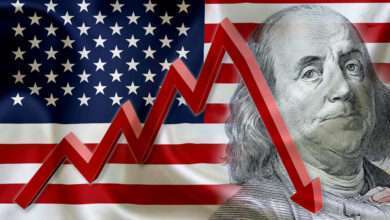
Recession Or Not; Economists Are Left Pondering If The United States Is Headed For A Recession In 2024-25, What Would It Mean For The Rest Of The World?
United States is the world's largest economy and has strong trade and financial linkages with many other economies; hence if…
Read More » -
Trends

Sorry, But There Is ‘NO’ Jobs Crises In India!
Many experts have pointed out that India's growing young population is the biggest plus that India has as compared to…
Read More » -
Trends
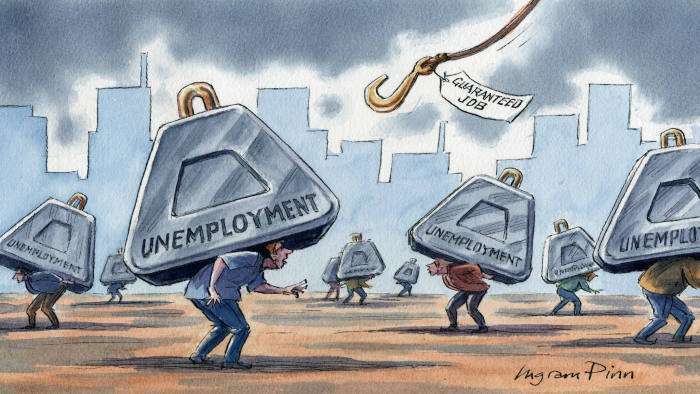
The Ticking Time Bomb, Can India Create Enough Jobs For Its Growing Young Population? Even 7% economic growth is Not Enough, Citi. The Youth are struggling as employment growth has Stagnated At 2% for two Decades!
India is struggling with a growing unemployment problem, especially among the youth. Joblessness was one of the critical concerns in…
Read More » -
Trends
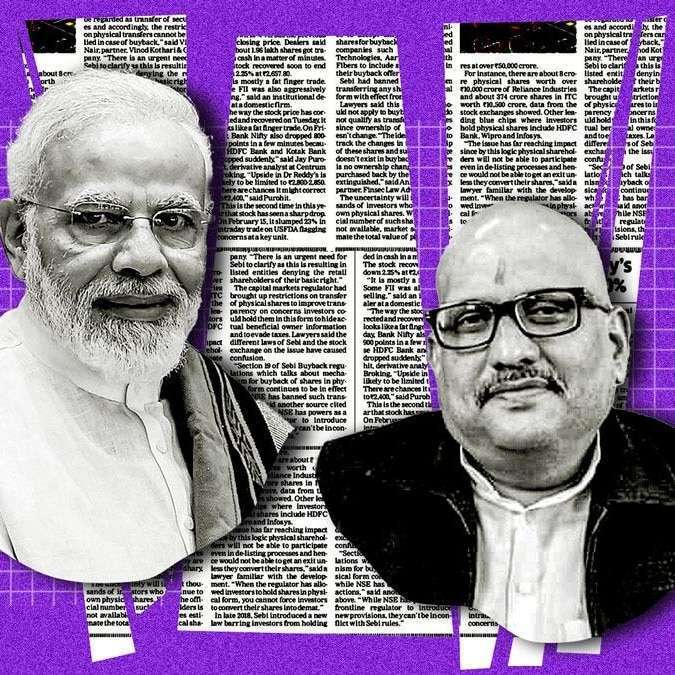
The Great Surprise, India Voted, The Results Are Out, Was It The Fear Of ‘Authoritarianism’ Or The Need For Immediate Action On Growing Unemployment Rate, Inflation And Growing Inequality Of Income?
In a surprising turn of events and withstanding exit poll trends, the opposition parties have delivered a significant blow to…
Read More » -
Trends
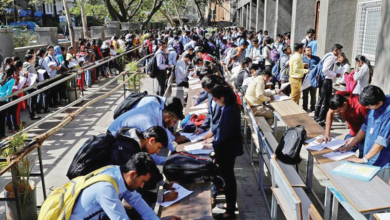
Unemployment Rate In India One Of The Highest In Last Few Years; Stands At 42% For Young Graduates Aged Under 25; A True Barometer Of India’s Growth Story?
In the din of economic statistics and projections, one figure stands out sharply – India’s unemployment rate surged to 10.05%…
Read More » -
Trends
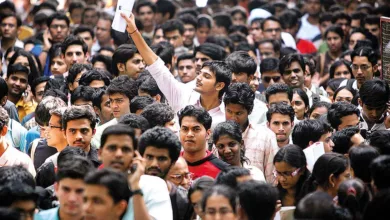
If India is the “Bright Spot” in the global economy, then why the unemployment rate is increasing and fewer well-paid jobs are available for the young generation?
India is one of the fastest recovered countries from the Covid pandemic and it is also forecasted to be the…
Read More » -
Trends

India’s unemployment rate records high in 16 months: CMIE
India’s unemployment rate records high in 16 months: CMIE Unemployment is one of the most difficult problems for both developed…
Read More » -
Trends

In India, which state has the highest and lowest unemployment rate? How does this affect the economy, and what are the reasons?
In India, which state has the highest and lowest unemployment rate? How does this affect the economy, and what are…
Read More »

